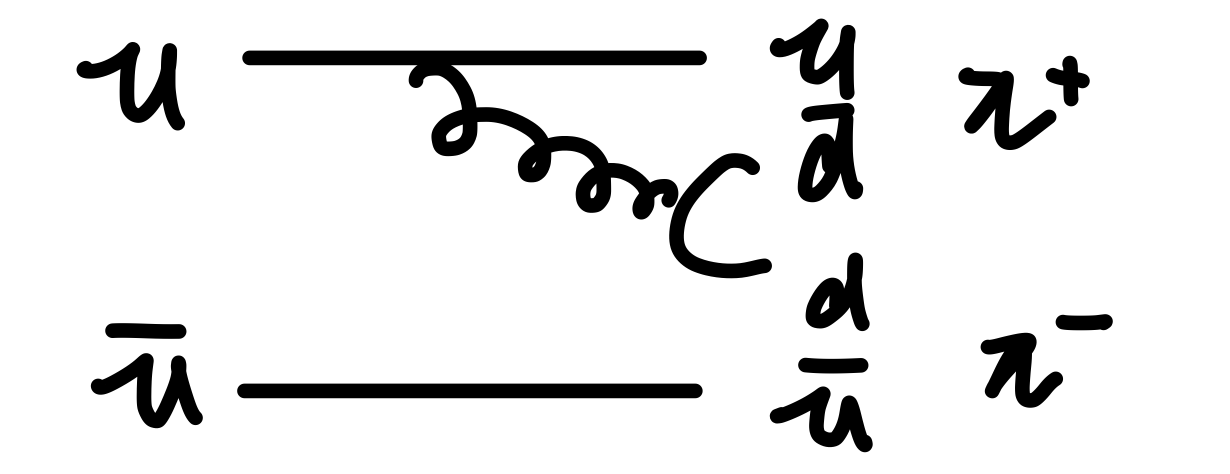I understand that $\phi^0 \to \pi^+ \pi^- \pi^0$ is OZI suppressed.
But how about $\phi^0 \to \pi^+ \pi^-$?
Wikipedia doesn't list this decay path but $\phi^0 \to K^+ K^-$. Why? $\phi^0$ is a mixing of $u \bar u$, $d \bar d$, and $s \bar s$, so it seems okay to decay to a pair of charged pions as well.

